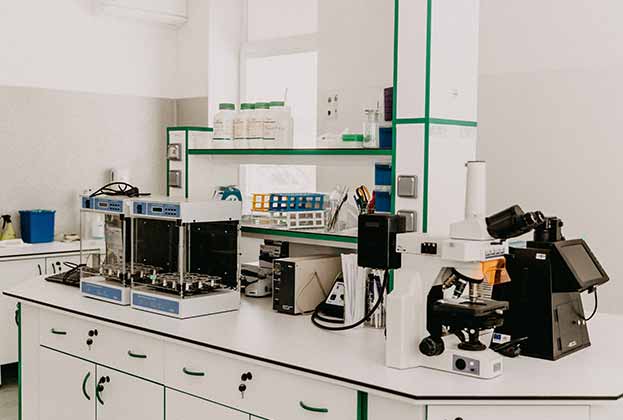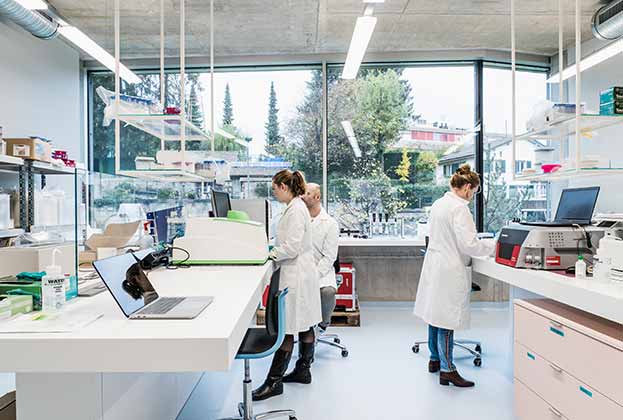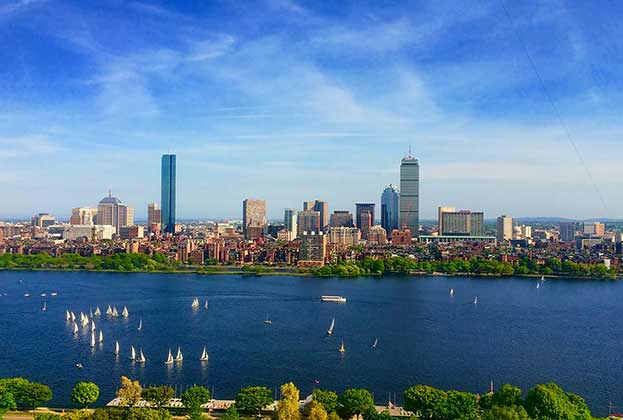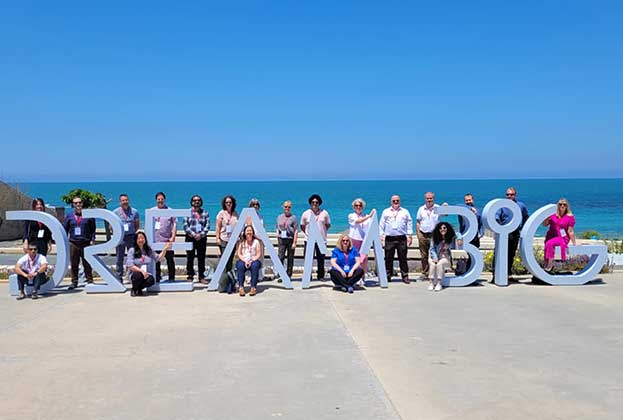There is a mindset of ‘build it and they will come’ in New York
The US has always been a bellwether for trends which then land in the UK, and this is no different when it comes to the evolution of the life science real estate sector. The US is the most mature market globally. Now, with the sharp increase in focus on the sector in the last three to five years, the London market is looking across the pond for insight and precedent.
Cambridge/Boston is indisputably the market leader. There is negligible vacancy and it has seen significant year-on-year value growth over the past 20+ years across 30 million sq ft+. For London, however, the emerging life sciences market in New York is probably a much more relevant comparison, given the closer physical, commercial and cultural similarities between the two cities. New York has nine academic medical centres; London has five teaching hospitals. There are six life science incubators in New York, and currently three in London.
As with London, New York’s growing life science market has been catalysed by a number of factors: growth of the commercial health and science sector; impact of tech; scale of venture capital raised; increased urbanisation as big pharma changes to a more outsourced R&D model, and the real estate market seeing an opportunity to diversify away from the perceived pressures on the traditional office sector post-Covid-19.

In London, there is currently around 500,000 sq ft of existing commercial lab space and 950,000 sq ft consented and actively under construction. Of this, approximately 190,000 sq ft is lab space that has been converted from existing office stock. In New York, the life science market is approximately 1.9 million sq ft and is projected to grow to as much as 4.65 million sq ft by 2025.
The commercial science sector emerged here in the mid-2000s, with the New York State incubator opening in 2004 and the ground-breaking of the Alexandria Center for Life Science in 2007. In London, the London BioScience Innovation Centre was founded in 2000, the Francis Crick Institute opened in 2010, and Imperial College’s I-HUB in 2016.
There was greater acceleration in scale in New York in those early years, probably due in part to the depth of the wider US pharmaceutical market and the nature of the US healthcare system. There is also a more established culture of commercialisation in the US, and a better-understood real estate underwrite of the sector. Those within both US and UK institutions have pointed to UK researchers’ focus on academic recognition rather than commercial success as a drag on growth of the sector.
New York also leads on VC investment. There, a $620 million state-wide life science initiative, combined with LifeSci NYC, a ten-year public funding commitment to growing its life science economy (launched 2016), means more than $1.5 billion has been pledged to help boost the ecosystem. There is nothing close to this in London.
London seems to be roughly two years behind New York in terms of market maturity. Analysis is underway to look at the trajectory of growth across the two markets
Ollie Fursdon, Head of London Commercial Development, Savills
New York also benefits from established specialist US life science developers, property companies and REITs, which have been solely focused in the sector within the US for many years. These specialist groups have established relationship networks within the science and R&D community, and a technical track record of space delivery, which provides confidence to occupiers. Life Science REIT is the first of its kind in the UK, and several UK development managers are establishing specialisms in the sector, such as Reef and Stanhope, but, so far, nowhere near the scale seen in the US. However, the fact that many of the established US names (as well as European and Asian groups) are now exploring and delivering schemes in London is an endorsement of its potential.
Where the capital has arguably shown greater strength than New York is in the initial focus on, and formation of, clusters. Whitechapel, London Bridge, Waterloo, King’s Cross and White City all have both leading academic institutions and major teaching hospitals in situ. This combination of anchors has generated demand organically ‘on site’, and these institutions and their affiliated bodies are driving consolidation and commercialisation in and around the R&D, clinical and teaching prowess. This has drawn in third-party companies seeking to attract and retain talent.
In contrast, while there is some sense of clustering occurring in areas such as Midtown East and Long Island City in Queens, elsewhere, life science projects in New York are generally opportunity-led. This is partly down to zoning. But with a greater degree of confidence in the value growth potential of the sector and the ability to get the specification right, there is also a mindset of ‘build it and they will come’ in New York. Anecdotally this has not always been the case, and there are more examples of vacant space in New York schemes. In London, this simply does not exist.
Generally, London seems to be roughly two years behind New York in terms of market maturity. Analysis is underway to look at the trajectory of growth across the two, and any correlation between rental premia, capital values and comparison to traditional office use. We will be watching closely to see the impact of new projects and occupiers in each market through 2023.
Read the articles within Spotlight: Life Sciences – Trends & Outlook below.
.jpg)





